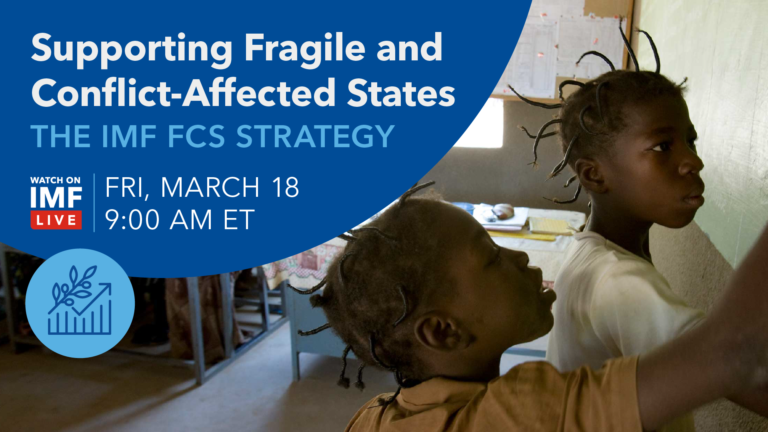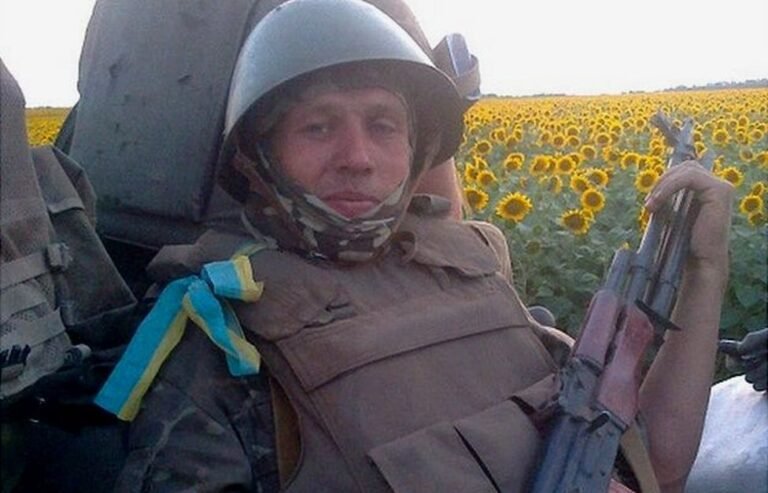
Media Misinformation: Navigating Truth in War Reporting
Introduction
In the contemporary digital age, the proliferation of misinformation has become a significant challenge, particularly in the context of war reporting. The phrase “the first casualty when war comes is truth,” attributed to Hiram W. Johnson, encapsulates the perennial struggle faced by journalists and the public alike in discerning factual information amidst the chaos of conflict. This report explores the landscape of media misinformation in war reporting, drawing insights from various authoritative sources to provide a comprehensive understanding of the issue.
The Challenge of Truth in Conflict Zones
War zones are inherently chaotic and dangerous, making accurate reporting a formidable task. According to an article from The Media Line, the commitment to ethical journalism remains steadfast despite the prevalence of fake news and misinformation. The piece underscores the vital role of truthful, unbiased reporting, particularly in regions where the truth is often the first casualty (“In the Trenches of Truth”).
Evolution of Fake News in War Reporting
The concept of “fake news” is not new, though its methods and impact have evolved significantly with the advent of digital media. Time magazine defines fake news as a “false news [story], often of a sensational nature, created to be widely shared online for the purpose of generating ad revenue via web traffic or discrediting a public figure, political movement, company, etc.” (Reporter). This definition highlights the dual purpose of misinformation: economic gain and political manipulation.
Social Media’s Role in Misinformation
The influence of social media on the dissemination of information, particularly in conflict scenarios, cannot be overstated. A discussion at Stanford University emphasized how social media platforms have transformed the way information is gathered and consumed, highlighting the critical need for rigorous inquiry and discussion on controversial topics like war (“Navigating the Fog of War”).
Case Studies: Iraq and Russia-Ukraine
Historical and contemporary examples illustrate the devastating impact of misinformation in war reporting. The Iraq War serves as a poignant case study, where the media’s inability to counter official disinformation led to widespread public misunderstanding. Chatham House reflects on the media’s struggle to provide honest, critical reporting in the face of overwhelming official narratives (“How Misinformation Defeated Journalism in Iraq”).
More recently, the Russia-Ukraine conflict has been dubbed the “first social media war,” with platforms like TikTok and Telegram playing significant roles in the dissemination of information. This scenario presents a paradox where information appears both more authentic and more uncertain due to the uncontrolled nature of social media (“A War on Many Fronts”).
Conclusion
Navigating truth in war reporting amidst the pervasive spread of misinformation is a daunting task that requires unwavering commitment to ethical journalism. The evolution of fake news, amplified by the reach of social media, poses unique challenges that necessitate critical inquiry and robust discussions. As demonstrated by historical and contemporary conflicts, the stakes are incredibly high, underscoring the crucial role of accurate, unbiased reporting in shaping public understanding and policy decisions.
Works Cited
“In the Trenches of Truth: Combatting Fake News in Conflict Reporting.” The Media Line. Link.
“War, Propaganda and Misinformation: The Evolution of Fake News.” Reporter. Link.
“Navigating the Fog of War: Stanford’s Discussion on Media Coverage of Israel-Hamas War.” Stanford News. Link.
“How Misinformation Defeated Journalism in Iraq.” Chatham House. Link.
“A War on Many Fronts: Disinformation Around the Russia-Ukraine War.” ODI. Link.












+ There are no comments
Add yours